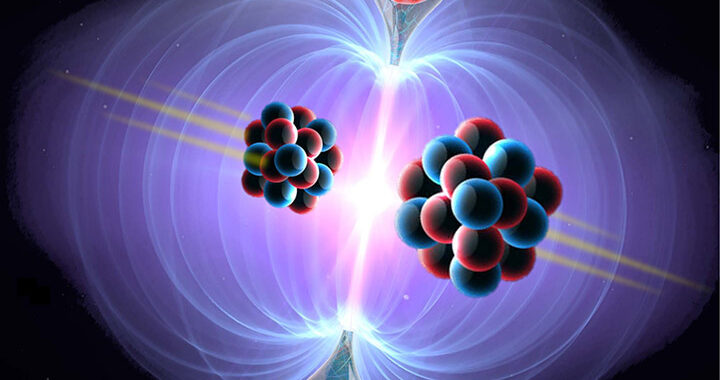(The LHC tunnel at point 1. Image: CERN)
The world’s largest and most powerful particle accelerator has restarted after a break of more than three years for maintenance, consolidation, and upgrade work. Today, 22 April, afternoon two beams of protons circulated in opposite directions around the Large Hadron Collider’s 27-kilometre ring at their injection energy of 450 billion electronvolts (450 GeV).
More information:
https://home.cern/news/news/accelerators/large-hadron-collider-restarts
See also the full media updates:
News and Press Releases, University of Helsinki
In English: Large Hadron Collider restarts | University of Helsinki
In Finnish: LHC-kiihdytin käynnistettiin uudelleen | Helsingin yliopisto (helsinki.fi)








